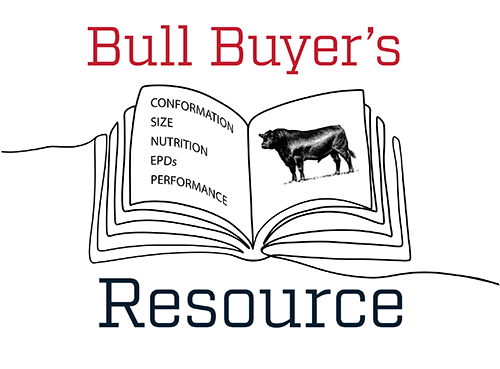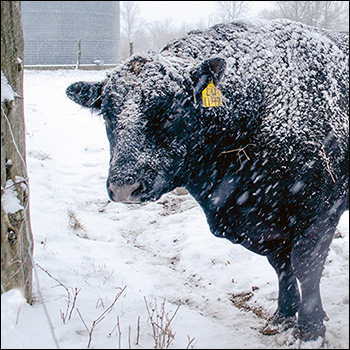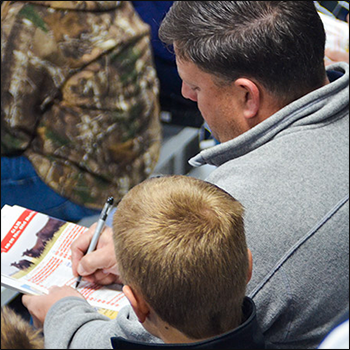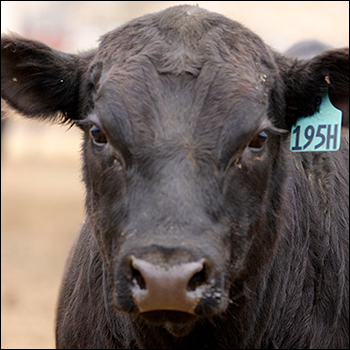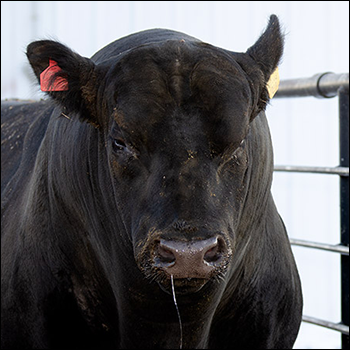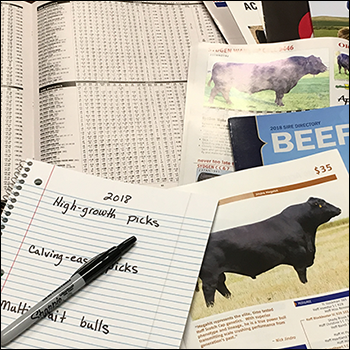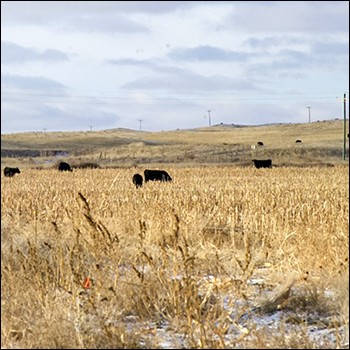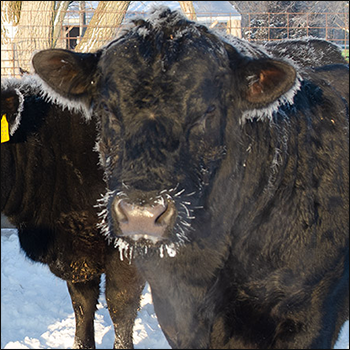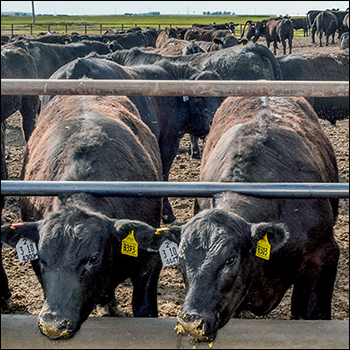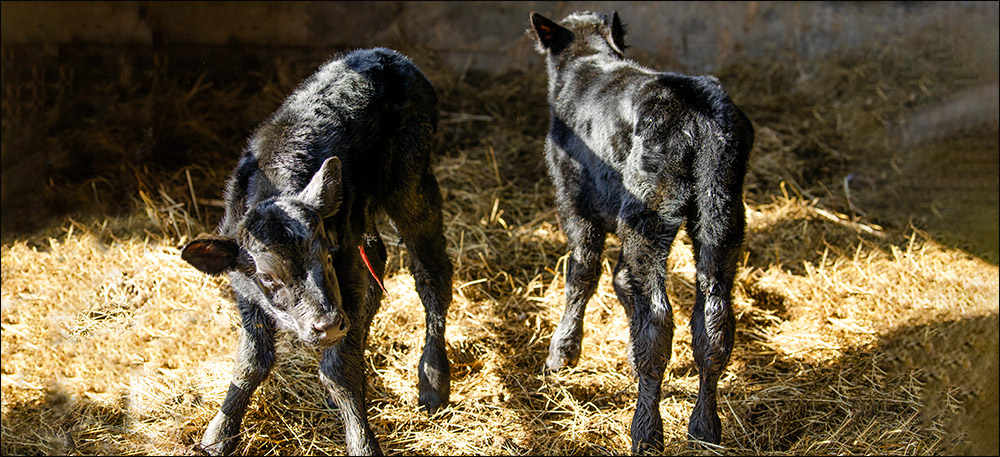
Newborn Calf Health Strategies
Three steps to focus on in first few weeks.
Newborn calf health — and survival — can be improved with three important strategies, according to veterinarian Halden Clark with the University of Nebraska’s Great Plains Veterinary Education Center. While addressing attendees at the 2021 Range Beef Cow Symposium this past November in Rapid City, S.D., Clark noted that calf death loss is highest in the first three weeks of age. Typically, scours are the biggest culprit.
Clark underscores that enhancing calf health can result in as much as $50,000 savings for an operation, so taking the time to take steps toward improvement has value. To combat pathogens and get newborn calves off to a good start, he offers these strategies.
Strategy 1: Use a vaccine program. Clark shares research from one study that indicated heifers receiving the E. coli/rotavirus vaccination prior to calving had as much as 20% lower incidence of scours among their calves. Clark encourages cow-calf producers to work closely with their herd veterinarian to determine protocols when vaccines before or at birth may be beneficial for herd health and newborn calf health.
Strategy 2: Continue to recognize that colostrum is essential — and the sooner the calf receives it, the more beneficial. Clark explains that prior to birth, the calf fetus is protected by six layers of placental tissue, but large antibodies cannot make it through these layers. Thus, when newborn calves are born, they have the unique ability for their intestine to grab the antibodies in colostrum and put it right into the animal’s bloodstream instead of digesting it. However, those special cells begin to slough off as soon as the calf is born, decreasing even in six hours’ time, and with full gut closure for the calf after 12-24 hours.
Thus, Clark emphasizes, “You want the first thing in the calf’s mouth to be good-quality colostrum to get the calf off to a good start.”
Strategy 3: Focus on biocontainment. Clark notes pathogens that cause scours are present in low levels all the time. If calving is done in one main pasture, the pathogen level continues to increase as calving season proceeds. This means later-born calves are at greater risk for scours because of the heavier pathogen load present. Management can help reduce some of those pathogen risks, states Clark. Introduced more than 20 years ago, Clark says the Sandhills Calving System, which rotates cows that have not yet calved to new pastures every 1-2 weeks, is still a proven method that is designed to break the pathogen chain.
Editor’s note: Kindra Gordon is a freelance writer and cattlewoman from Whitewood, S.D. Photo by Shauna Hermel.

Angus Proud
In this Angus Proud series, Editorial Intern Jessica Wesson provides insights into how producers across the country use Angus genetics in their respective environments.
 Angus Proud: Bubba Crosby
Angus Proud: Bubba Crosby
Fall-calving Georgia herd uses quality and co-ops to market calves.
 Angus Proud: Jim Moore
Angus Proud: Jim Moore
Arkansas operation retains ownership through feeding and values carcass data.
 Angus Proud: Les Shaw
Angus Proud: Les Shaw
South Dakota operation manages winter with preparation and bull selection.
 Angus Proud: Jeremy Stevens
Angus Proud: Jeremy Stevens
Nebraska operation is self-sufficient for feedstuffs despite sandy soil.
